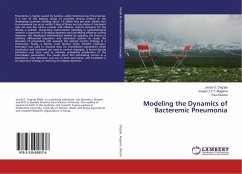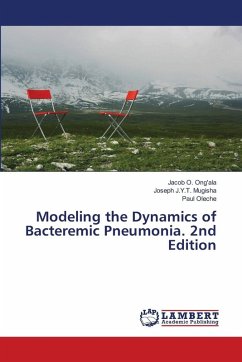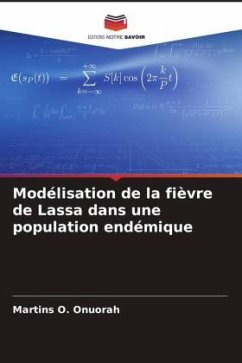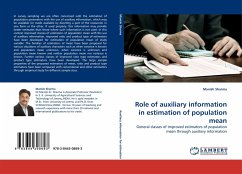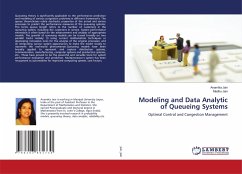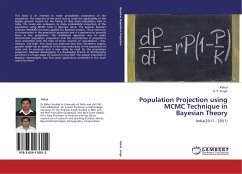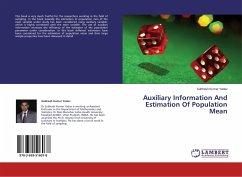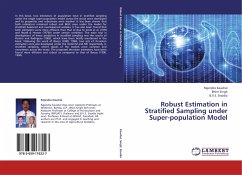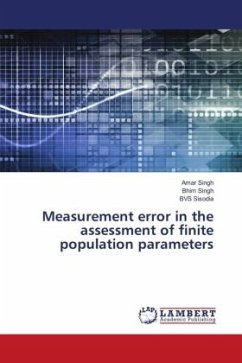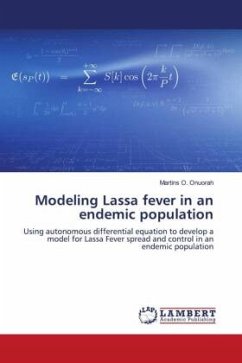
Modeling Lassa fever in an endemic population
Using autonomous differential equation to develop a model for Lassa Fever spread and control in an endemic population
Versandkostenfrei!
Versandfertig in 6-10 Tagen
40,99 €
inkl. MwSt.

PAYBACK Punkte
20 °P sammeln!
In this book, we developed a Mathematical Model for the spread and control of Lassa Lever. The model incorporates two control parameters, the use of a condom for human-to-human human transmission via sexual contact with the opposite sex, and the use of Rodenticide to reduce both the dormant and active Rat populations. We analyze the existence and stability of disease-free and endemic equilibria. Key to our analysis is the definition of a basic reproductive number. We compiled reasonable sets of values for the parameters in the model and computed the sensitivity analysis indices around the base...
In this book, we developed a Mathematical Model for the spread and control of Lassa Lever. The model incorporates two control parameters, the use of a condom for human-to-human human transmission via sexual contact with the opposite sex, and the use of Rodenticide to reduce both the dormant and active Rat populations. We analyze the existence and stability of disease-free and endemic equilibria. Key to our analysis is the definition of a basic reproductive number. We compiled reasonable sets of values for the parameters in the model and computed the sensitivity analysis indices around the baseline parameter value, which shows that is most sensitive to the human birth rate. According to our model analysis, the use of high efficacy condoms by a high percentage of the population reduces the rate at which Lassa fever spreads. Further, we obtained a numerical solution via a graph that illustrates the effects of the control parameters on the various compartments of the model. Finally, our bifurcation analysis reveals that the model undergoes backward bifurcation shows that keeping is not enough to put the infection under control.



